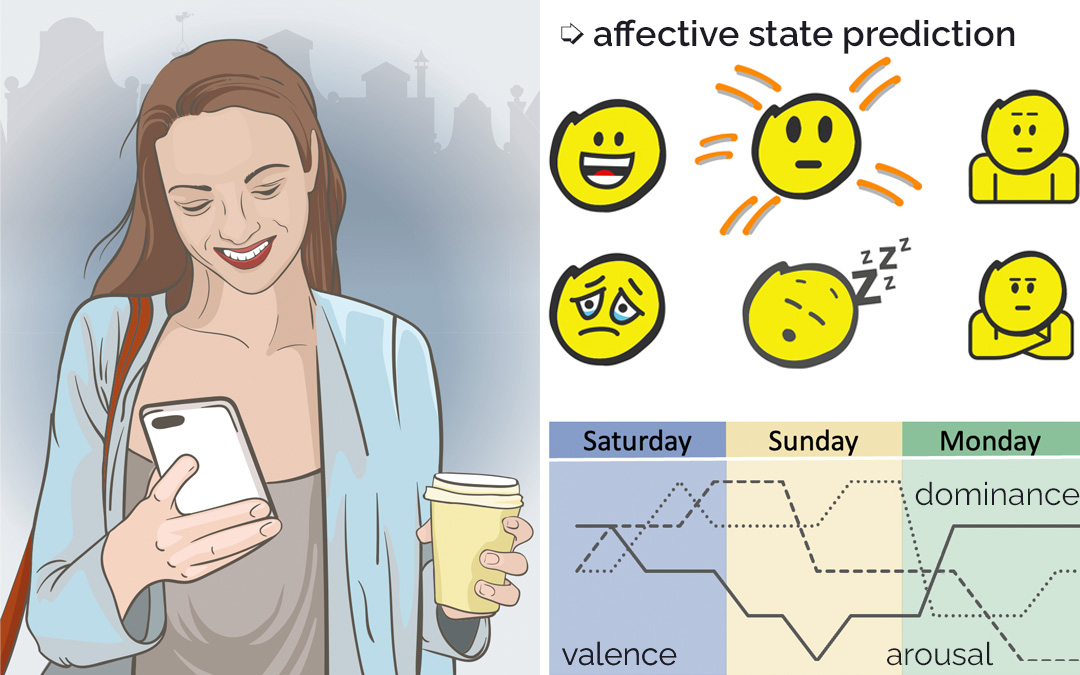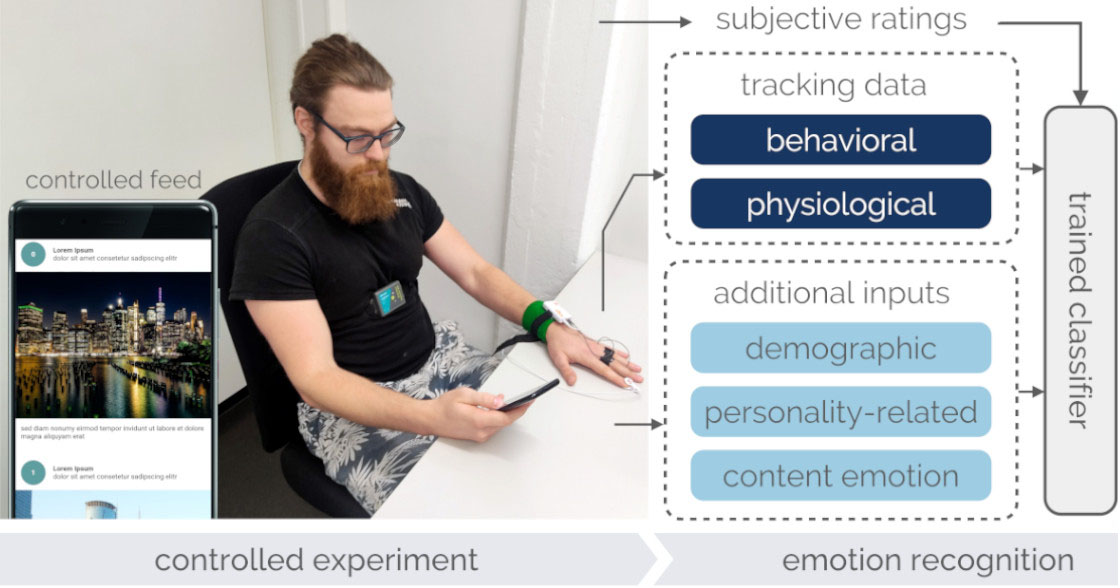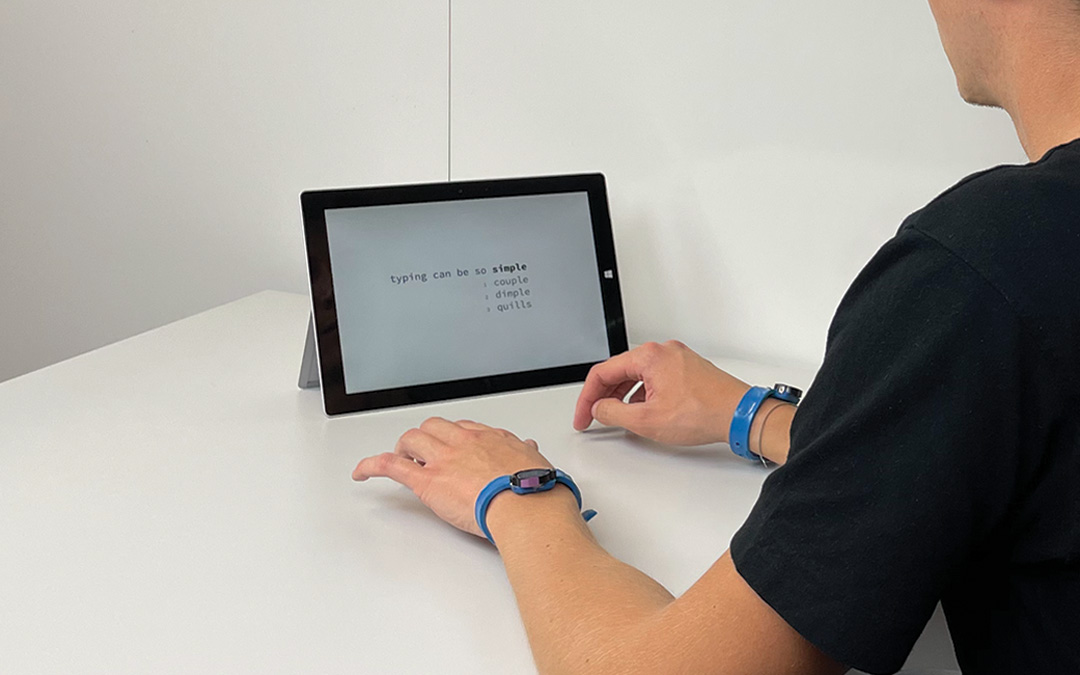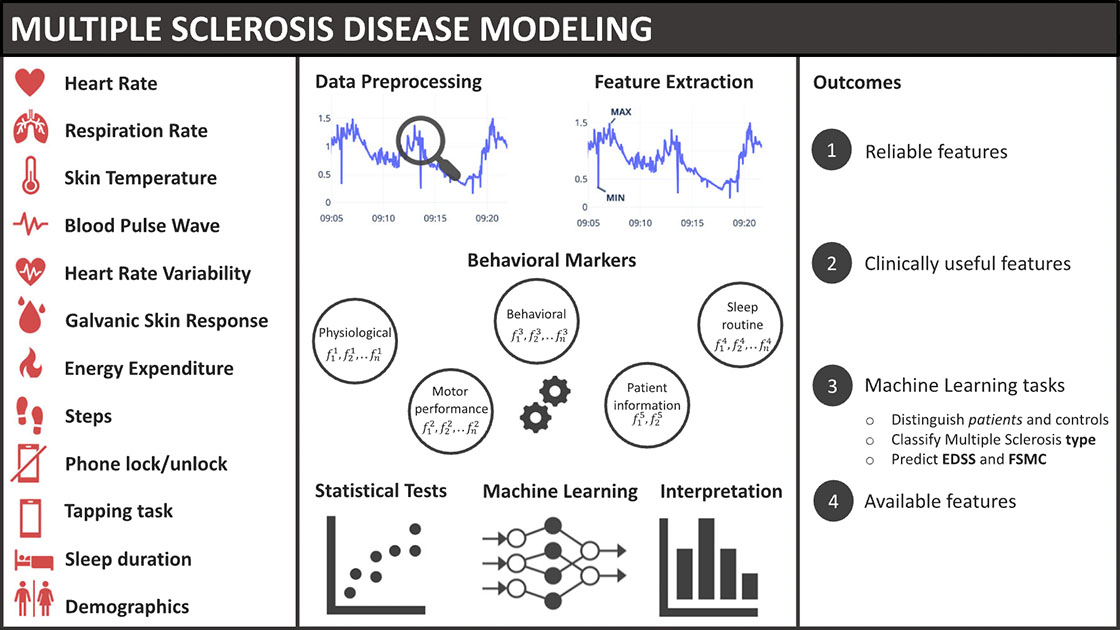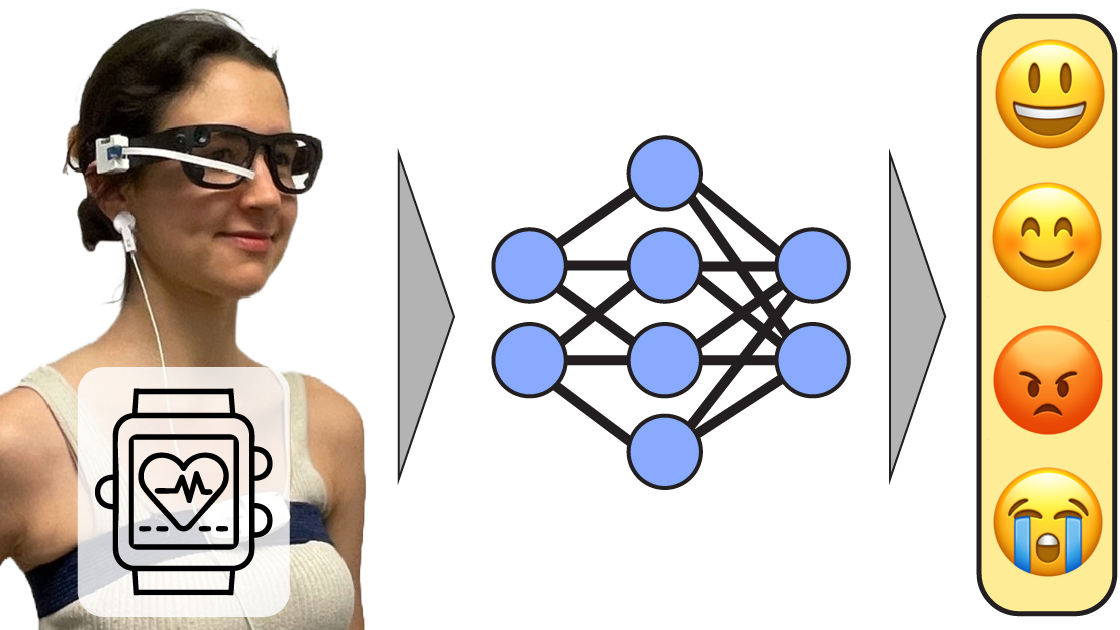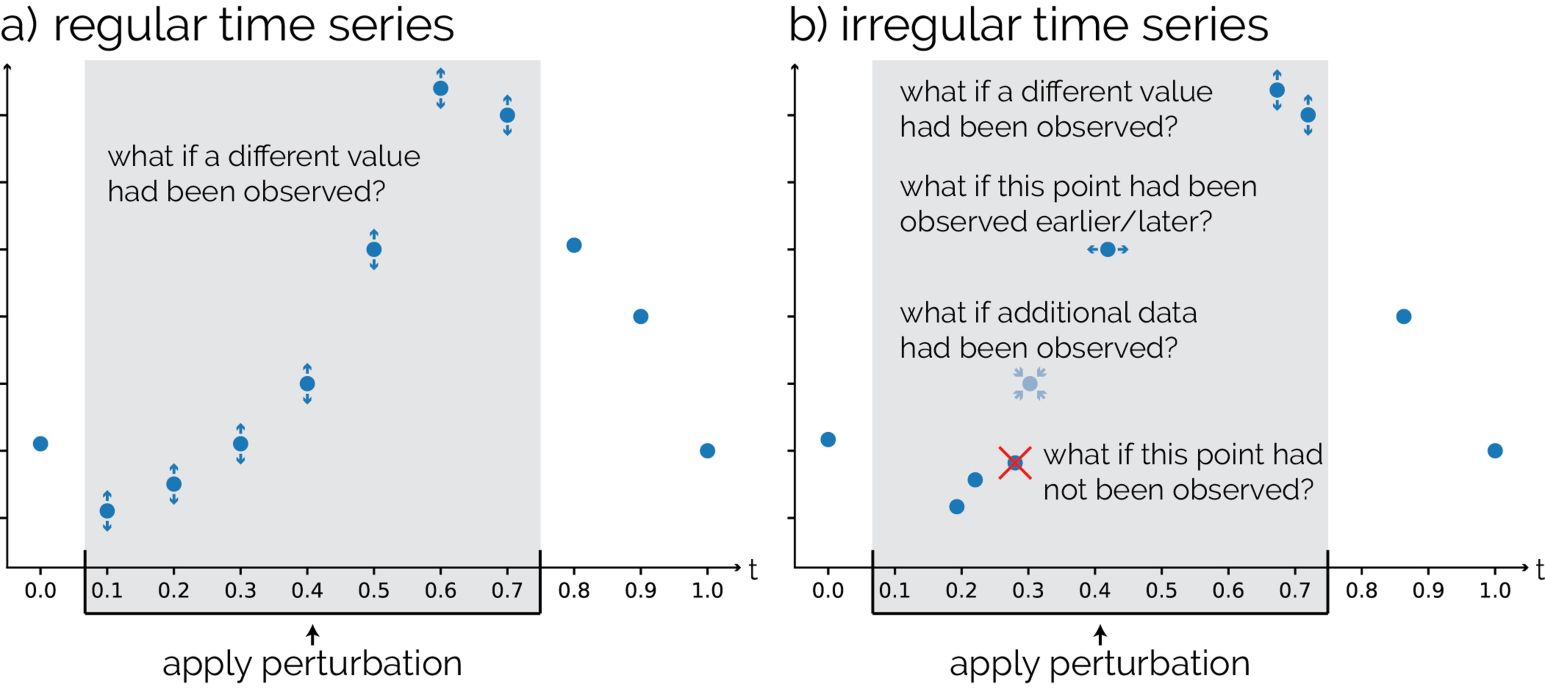Affective State Prediction from Smartphone Touch and Sensor Data in the Wild
ACM CHI 2022Abstract
Knowledge of users’ affective states can improve their interaction with smartphones by providing more personalized experiences (e.g., search results and news articles). We present an affective state classification model based on data gathered on smartphones in real-world environments. From touch events during keystrokes and the signals from the inertial sensors, we extracted two-dimensional heat maps as input into a convolutional neural network to predict the affective states of smartphone users. For evaluation, we conducted a data collection in the wild with 82 participants over 10 weeks. Our model accurately predicts three levels (low, medium, high) of valence (AUC up to 0.83), arousal (AUC up to 0.85), and dominance (AUC up to 0.84). We also show that using the inertial sensor data alone, our model achieves a similar performance (AUC up to 0.83), making our approach less privacy-invasive. By personalizing our model to the user, we show that performance increases by an additional 0.07 AUC.
Reference
Rafael Wampfler, Severin Klingler, Barbara Solenthaler, Victor R. Schinazi, Markus Gross, and Christian Holz. Affective State Prediction from Smartphone Touch and Sensor Data in the Wild. In Proceedings of ACM CHI 2022.
